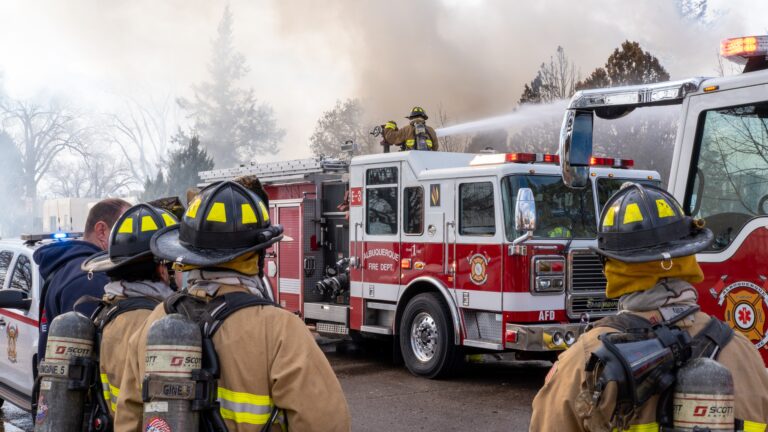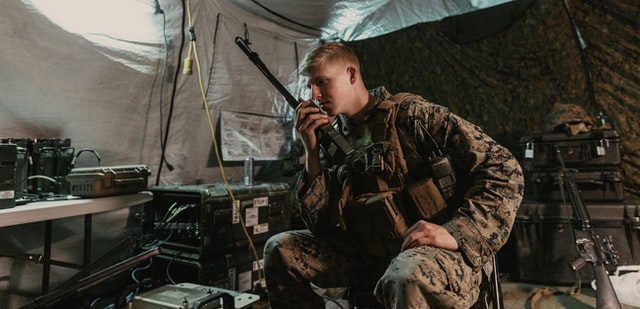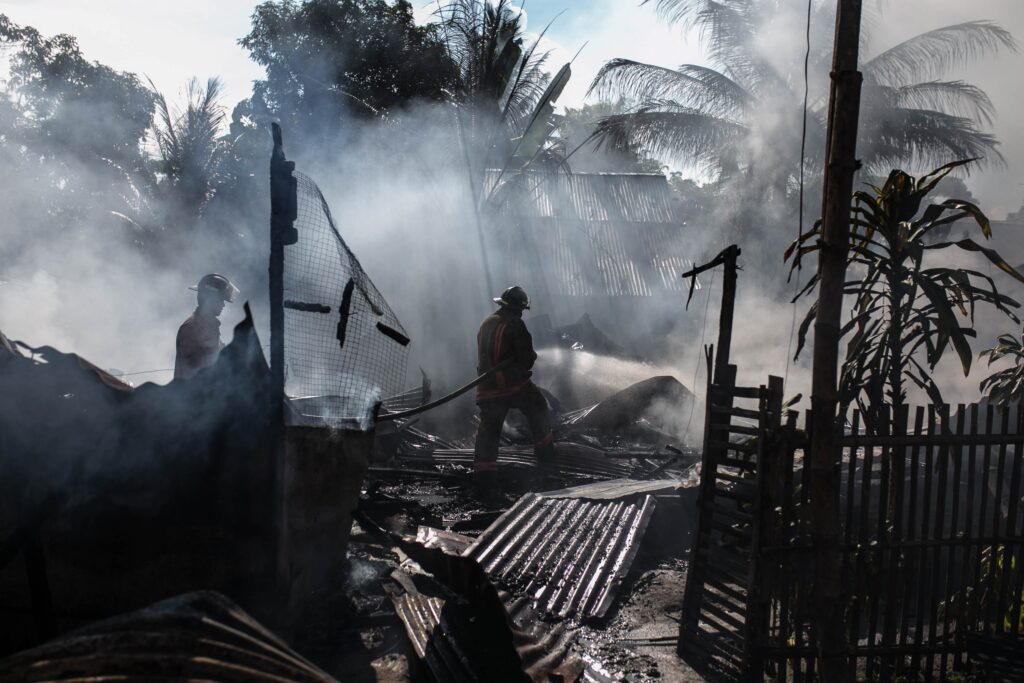Disaster Communication for First Responders
Disaster Communication for First Responders: the Critical Element
Having effective disaster communication for first responders during a disaster is critical for everyone involved in Emergency Management. With an average of 100 declared disasters across the U.S. annually, every community should have reliable back up communications systems for their first responders. However, when it comes to having reliable backup systems very few communities have them.
Additionally, history has repeatedly shown that many communities have been devastated and caught off guard by not foreseeing how vulnerable their first responder communication systems were to a disaster. Many first responders from disaster events will attest how they suddenly and rapidly found themselves in extreme conditions with greatly compromised communications systems. The loss of their most critical communications systems, just when they needed them most, created a multitude of cascading events which greatly magnified the devastation far beyond the initial disaster itself.
Therefore, to foresee how these events would impact communications, one has to think in unconventional ways. In more recent years, the threat profile we must plan for even at the local level has increased dramatically. The broad risks and hazards you must plan for is far greater than it was 5-10 years ago. This includes a multitude of scenarios that can rapidly devastate your community. Understanding the true breadth of the “Disaster Threat Profile” is critical for Emergency Managers who are responsible for disaster communication for first responders.
The Disaster Threat Profile First Responders Must Plan For
1. Large scale extended emergencies and disasters that come in an instant and without any warning. These types of events can rapidly devolve into shifting public sentiment where large groups take negative actions against agencies, institutions and infrastructure; resulting in large scale public panic on a local, regional, or national level.
2. Disasters, both man-made and natural, can completely wipe out any community’s infrastructure. This includes: roads, the power grid, network systems and critical communications systems. Every region of the country has its own version of a “hurricane”. Thinking a “hurricane” level disaster can’t happen in your community places first responders and your community at risk.
3. Increased risk of terrorism from bad actors both foreign and domestic, that can occur at any level of our society at any time. These events are frequently occurring at the national, state, local, county and municipal levels. They are also occurring in record numbers in almost any venue you can think of. This includes: concerts, schools, shopping centers, or anywhere there is a public gathering.
4. Nuclear, chemical, biological attack, an electro-magnetic event- (solar or intentional EMP), and cyber-attack. While the risk of these events may seem to be low, in actuality the risk has never been higher. The threat of a cyber or an electro-magnetic event has the very real potential to take down our entire national grid. This includes power, networks, infrastructure and financial systems.
5. Far away global events that can rapidly evolve and impact our local communities. These types of events can place tremendous stresses on our emergency response, healthcare systems and our economy in ways nobody can imagine. This is one disaster we all have experienced directly with the recent pandemic.
Disaster Communication for First Responders: Finding the Best Solution
Loss of critical disaster communication for first responders is the main problem often cited for creating cascading events in nearly every major disaster. Loss of critical emergency communications, particularly at the first responder level creates an “operational fog” resulting in reduced Situational Awareness. This knowledge vacuum leads to a loss of effective Command and Control, which greatly magnifies the disaster’s impact. The strategies of the past simply don’t work anymore because the threat profile we face today is so much broader. Historical disaster events actually gives us the best perspective and framework to know our risks. Beginning with the assumption that a disaster will cause great communication system failure is needed to build resilient first responder disaster communications.
When Disaster Strikes, It Is Best to Assume the Following Will Occur:
1. Your community will lose critical infrastructure including roads and access to the most critical nerve centers of the event. Your first responders’ and the public depending on them will have critical delays. This delayed response will create a back log that will overwhelm all of your first responders. These delays will shape the public’s perception of the situation.
2. That you will lose power and critical network systems that you depend on. Also, you will lose your “normal” means of communications. At best, your first responder communications will be greatly compromised and your response operations will be severely hampered. Losing your main lines of communications will affect you and your community in ways you never could have imagined.
3. “Help” will arrive much latter than you think, and full restoration will take much longer than you thought. The nearby communities you could normally count on for back up support will also be affected. These other communities will be unable to render assistance to your community. “Help” may be on the way, but it could be at least a week, or much longer.
4. You will need to maintain sustained operations throughout the response period with whatever already have in place. Your existing and backup communications will be stressed to their limits.
Disaster Communication for First Responders: Strategies that Don't Work
So why do emergency communications systems fail so often during a disaster? Simply put, most first responder disaster communications systems are interdependent systems. An “interdependent” system is any system that depends on any other system in order to function. Anything that involves operational or backup communication systems that are dependent on any form of infrastructure puts your first responder communications at risk. These interdependent systems are the systems that most often fail during a disaster because they are only as good as their weakest link.
Examples of interdependent emergency communications systems are:
1. Any system that depends on any form of the grid, including commercial power, or any form of network. This includes cellular networks, the internet and tower and repeater systems.
2. Any system that depends on roads. This includes mobile command centers, mobile command vehicles, mobile communication vehicles. It also includes that type of support from outside of the community.
3. Any system that depends on fossil fuel like generators. Note: generators also depend on roads for refueling.
4. Any system that cannot be isolated from the grid or isolated from networks systems.
The Ideal Solution for First Responder Disaster Communication
In conclusion, in a disaster you need a communications system that does not have any of the above interdependencies. You need a portable communications solution that is not dependent on any infrastructure whatsoever. This includes roads or other external systems in order to provide reliable first responder emergency communications. SemperComm® (“Always Communications”) is the ideal communication solution for disaster communications for first responders. SemperComm® is designed for rapid deployment for critical incidents and is the system you can count on for any situation you encounter.

Communities and organizations can have increased response time and uninterrupted disaster response without the high price tag of a cumbersome mobile command vehicle.


If your existing mobile command vehicle lacks the ability to function without power, roads or networks, SemperComm provides solutions.

In an extended emergency or disaster it is understood that the first 72-hour window is when you as a responder have the greatest opportunities to minimize impact and save lives. Are you prepared?

To learn more about SemperComm® or for sales or questions, contact us.
About SemperComm® (“Always Communications”)
SemperComm® Systems is an Emergency Management consulting firm that provides emergency management services and emergency communications products. To learn more about how SemperComm® can meet your needs contact us.
